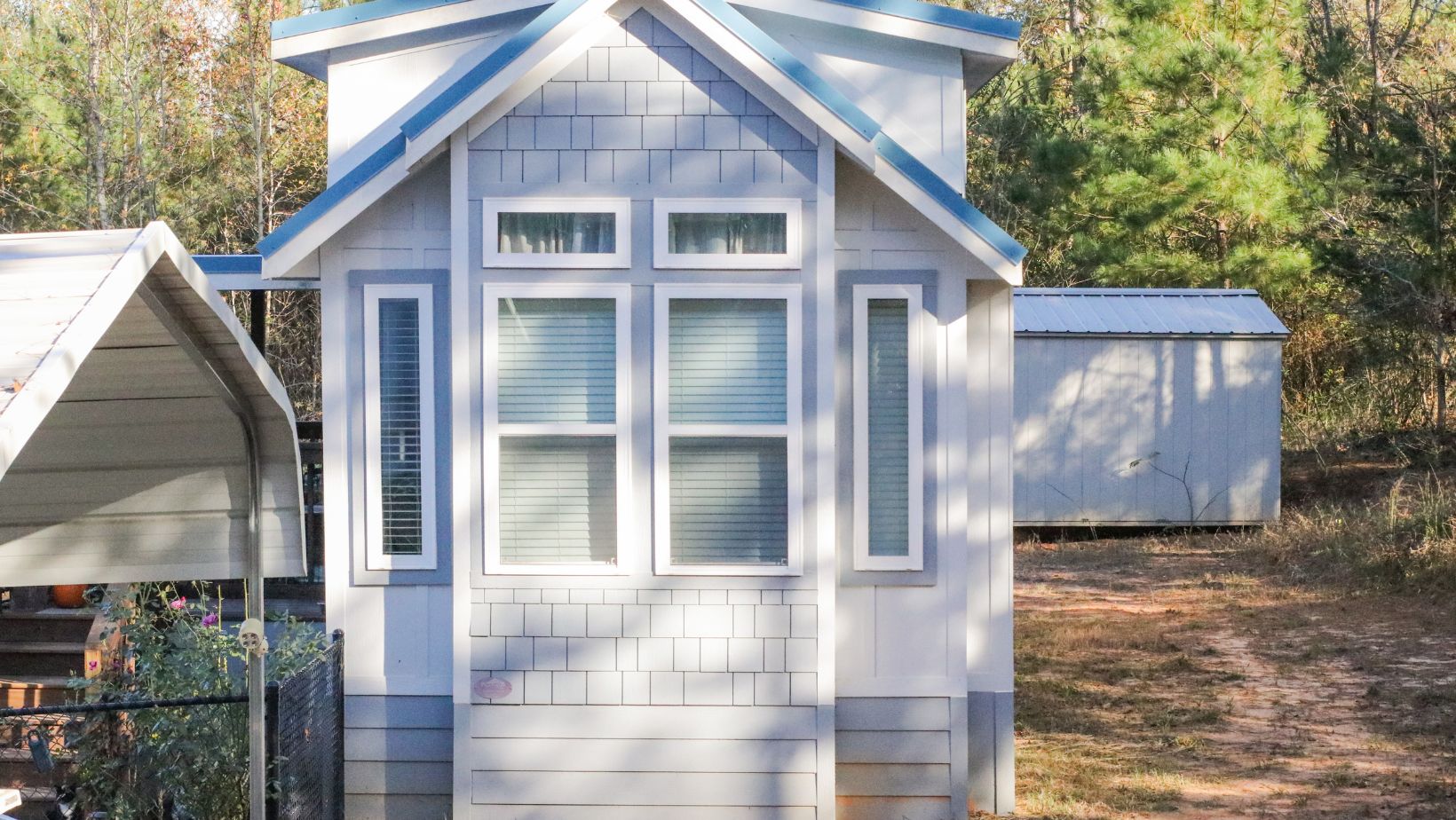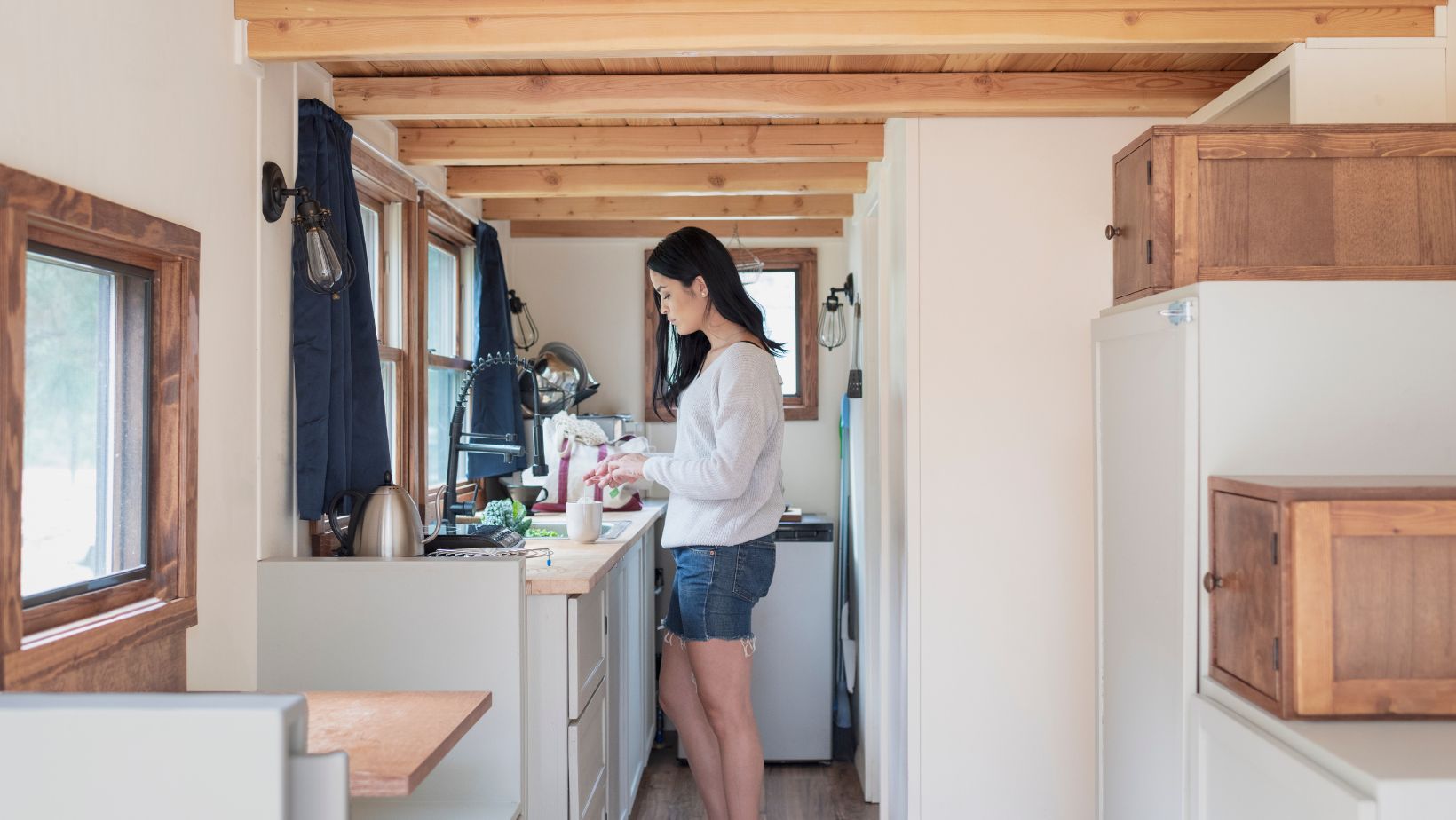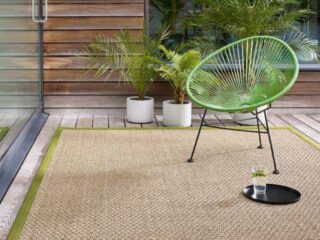
Have you caught wind of the tiny house movement? It’s not just a blip on the housing radar – this trend is picking up serious steam. Get this: the tiny house market is set to expand by a whopping $3.57 billion from 2021 to 2026, cruising at a growth rate of 4.45% annually. And it’s not just about downsizing; it’s a whole new way of living, focusing on simplicity, sustainability, and shaking off the heavy chains of a hefty mortgage.
Think about it: tiny homes aren’t just about living in a smaller space. They’re a bold statement, a revolution against the ‘bigger is better’ mindset. They’re challenging the age-old idea that success is measured in square feet.
So, as we dive into the tiny home universe, we’re not just talking nuts and bolts. We’re talking about the dreams, the aspirations, and yes, the nitty-gritty of what it means to live big in a small space.
The Philosophy Behind Tiny Living
The heart of the tiny home movement is minimalism – the art of living with less. This philosophy isn’t about deprivation; it’s about finding abundance in simplicity.
By choosing a tiny home, individuals are making a conscious decision to prioritize experiences over possessions, quality over quantity.
It’s a lifestyle that encourages people to live in a way that’s environmentally sustainable and personally fulfilling.
Freedom And Flexibility
One of the most appealing aspects of tiny living is the freedom it offers. Freedom from a massive mortgage, freedom to relocate easily, and the freedom to design a space that truly reflects one’s personal style and needs.
This flexibility is a huge draw, especially for those who value experiences and personal growth over material possessions.
Design And Innovation in Tiny Homes
“The design of tiny homes is a marvel of innovation and creativity. Every square inch is thoughtfully utilized, turning small spaces into functional, comfortable living areas,” as noted by the home staging professionals at Urban Chic Property Styling.
Clever storage solutions, multi-purpose furniture, and lofted bedrooms are just a few examples of how tiny homes make the most of limited space.
This ingenuity is not just practical; it’s inspiring, showing how constraints can lead to creativity.
Eco-Friendly Living
Tiny homes are often at the forefront of eco-friendly living. Their small size means a reduced carbon footprint, and many are built using sustainable materials and designed to be energy-efficient.
Solar panels, composting toilets, and rainwater harvesting systems are common features, making tiny homes a beacon for environmentally conscious living.

Cost-Effective Living
“One of the most persuasive arguments for tiny homes is their affordability. The cost of building or buying a tiny home is significantly lower than that of a traditional house,” emphasize commercial painters from Sonaa Abseiling Service.
This financial advantage not only allows homeowners to invest in the aesthetics and maintenance of their compact spaces but also provides the flexibility to allocate resources to other essential aspects of their property. For many, it means a smart investment in both design and maintenance, ensuring that every square inch of their tiny home is a masterpiece.
Potential Challenges
However, it’s important to acknowledge the financial challenges that can come with tiny living. Zoning laws, land costs, and financing can be hurdles for potential tiny home owners.
Despite these challenges, the financial freedom offered by tiny living continues to attract a diverse range of people, from millennials to retirees.
Community And Lifestyle
The tiny home movement isn’t just about houses; it’s about community. Many tiny homeowners find themselves part of a supportive and like-minded community.
These communities often share resources, ideas, and a common philosophy of living sustainably and intentionally. This sense of belonging and connection is a significant draw for many in the movement.

A Lifestyle Choice
Choosing to live in a tiny home is more than a housing decision; it’s a lifestyle choice. It’s about embracing a life that values experiences over possessions, quality over quantity, and community over isolation.
This lifestyle isn’t for everyone, but for those who choose it, it offers a sense of purpose and fulfillment that goes beyond the conventional.
Tiny Homes, Big Impact
The tiny home movement is more than just a trend; it’s a reflection of a growing desire for a more sustainable, intentional, and fulfilling way of life. These micro-houses might be small in size, but they represent a significant shift in how we think about space, possessions, and happiness.
Whether you’re drawn to tiny homes for their financial benefits, their eco-friendly design, or their minimalist philosophy, one thing is clear: tiny homes are making a big impact, offering a compelling alternative to traditional housing and a pathway to a more intentional way of living.





